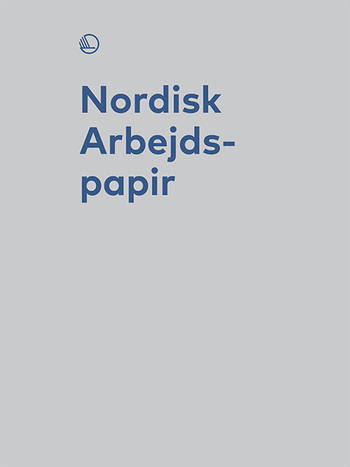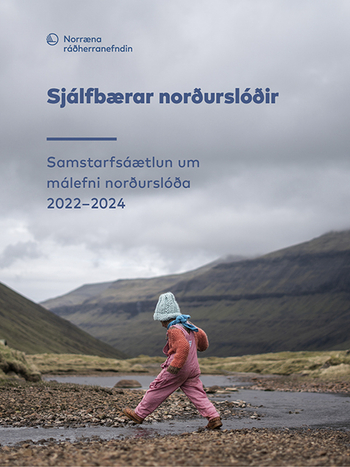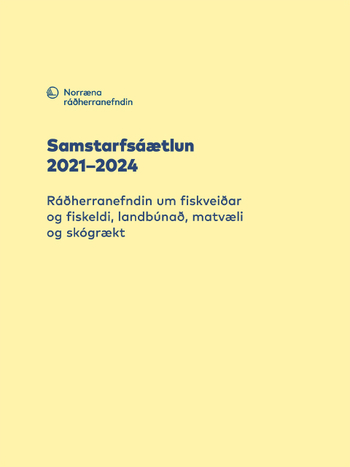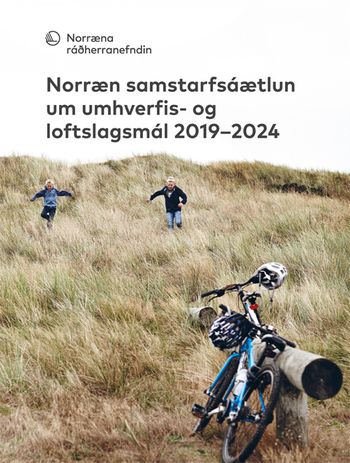Seed Longevity and Survival of Seed Borne Diseases after 30 Years Conservation in Permafrost
Report from the 100 Year Storage experiment
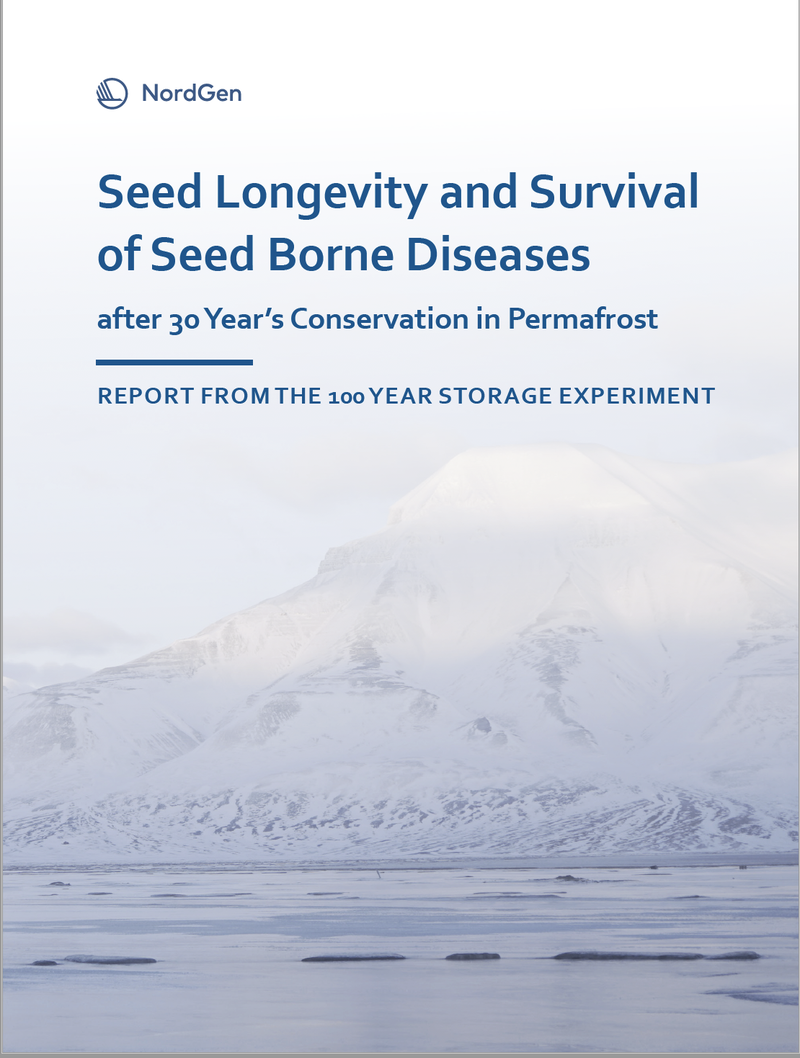
Upplýsingar
Publish date
Abstract
The Nordic Gene bank established the 100 year seed storage experiment in Coal mine no. 3 outside Longyearbyen in 1986. Security duplicate samples of the Nordic seed collection had been deposited in permafrost in the coal mine since 1984. The experiment was established with the aim to monitor the longevity of seeds in this Nordic back-up seed collection and to gain general knowledge about the longevity of seed stored under permafrost conditions, as well as studying the survival of seed borne plant pathogens.The experimental set up included in total 41 seed lots of 17 agricultural and horticultural crop species commonly grown in the Nordic countries. The seed germination experiment included two or three varieties of each crop. The experimental part dedicated to studies of pathogen survival included seeds from 11 crops naturally contaminated by pathogens.The test program comprises germination and pathogen survival tests every 2.5 years during the first 20 years and then every 5 years for the last 80 years. In total 25 identical sets of test seeds placed in sealed glass tubes were packed in wooden boxes, one box for each planned test year.The tests have been carried out according to schedule and this report sums up the results from the first 30 years of the experiment. All tests have been carried out in accordance with the same ISTA-protocols.
Publication number
2019:04
